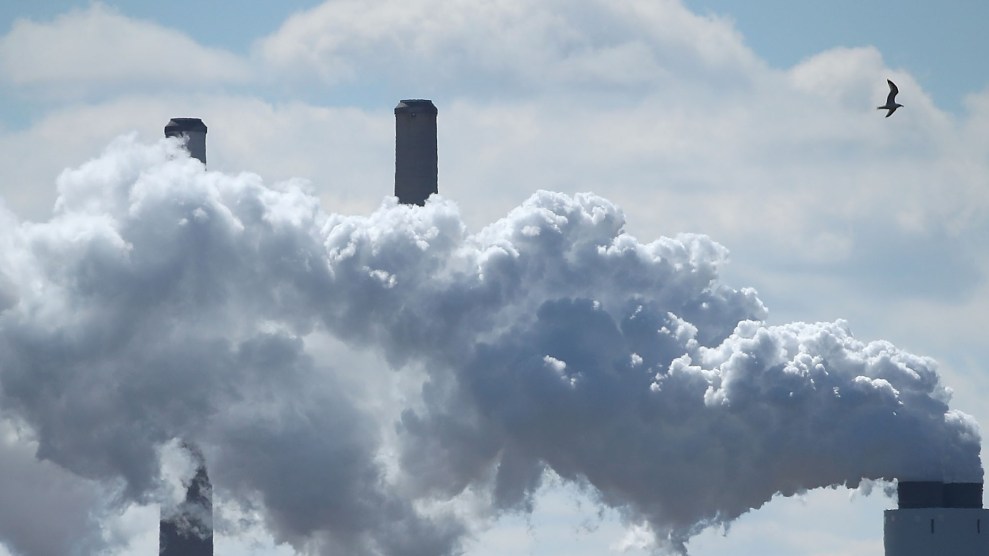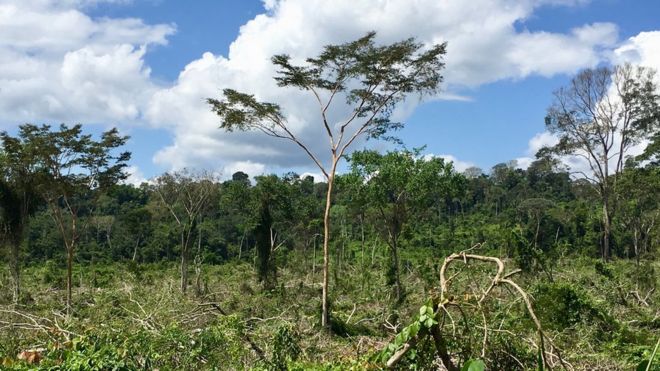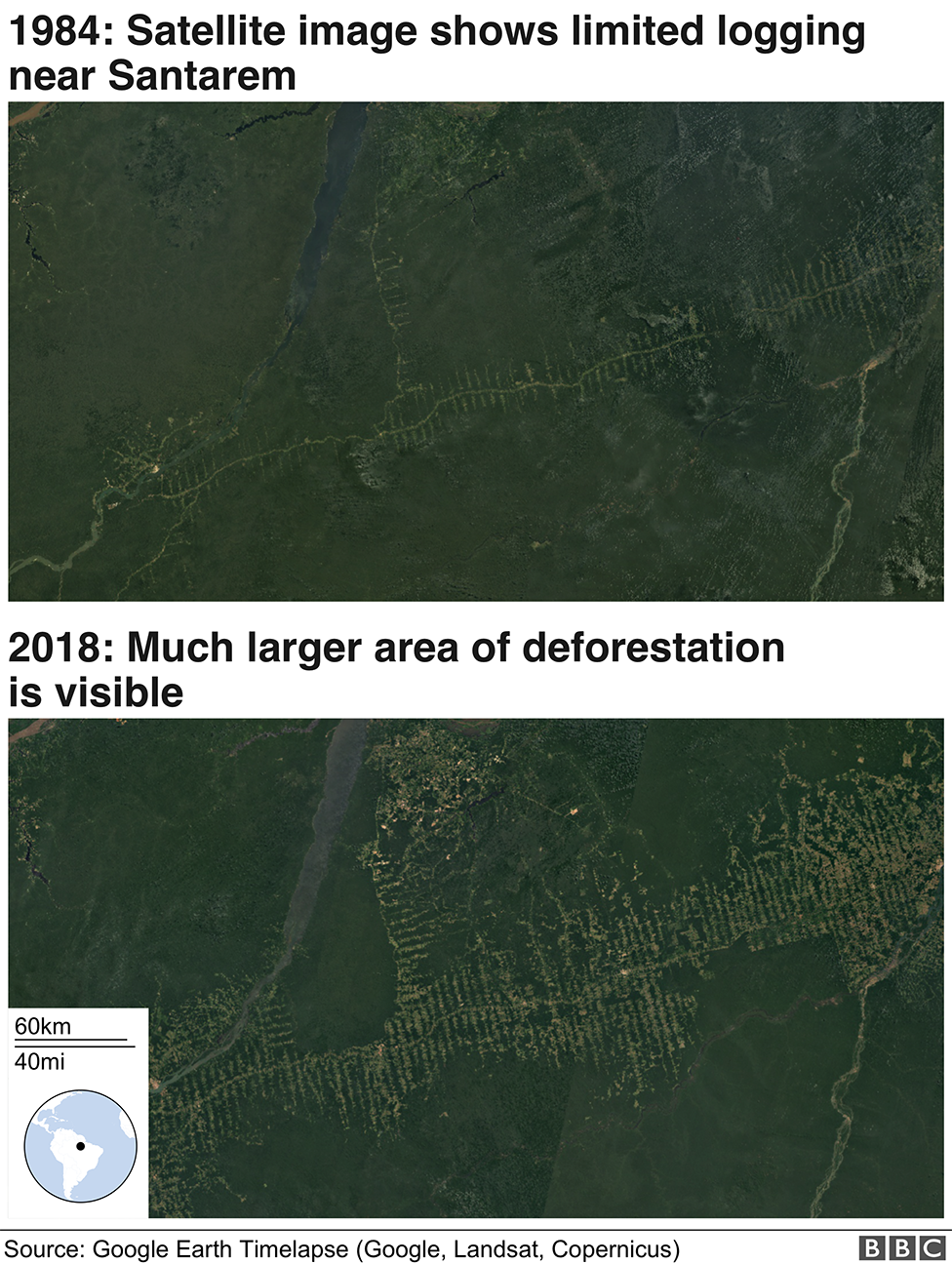“Chubb’s announcement is a clear sign that coal is becoming uninsurable worldwide.”
This story was originally published by HuffPost and appears here as part of the Climate Desk collaboration.
Climate advocates have been pressuring U.S. insurance companies to end their support for the dirty energies driving the global crisis, and on Tuesday they claimed their first big win.
Chubb Ltd., the nation’s largest commercial insurance company, announced it will move away from insuring and investing in coal. It becomes the first major U.S. insurance company to take such action, joining more than a dozen European and Australian insurers that have already adopted similar policies.

Chubb will no longer underwrite the construction of new coal-fired power plants, according to the policy. It will also stop investing in companies that generate more than 30% of their revenues from coal mining or production, as well as phase out existing coverage for mining and utility companies that exceed the 30% threshold.
Continue reading: The Nation’s Largest Commercial Insurance Company Has Ditched Covering Coal. That’s a Big Deal. – Mother Jones
This story was originally published by HuffPost and appears here as part of the Climate Desk collaboration.
Climate advocates have been pressuring U.S. insurance companies to end their support for the dirty energies driving the global crisis, and on Tuesday they claimed their first big win.
Chubb Ltd., the nation’s largest commercial insurance company, announced it will move away from insuring and investing in coal. It becomes the first major U.S. insurance company to take such action, joining more than a dozen European and Australian insurers that have already adopted similar policies.

Chubb will no longer underwrite the construction of new coal-fired power plants, according to the policy. It will also stop investing in companies that generate more than 30% of their revenues from coal mining or production, as well as phase out existing coverage for mining and utility companies that exceed the 30% threshold.
Continue reading: The Nation’s Largest Commercial Insurance Company Has Ditched Covering Coal. That’s a Big Deal. – Mother Jones







